Success Stories
Instituto Nacional de Tecnología Industrial (INTI) - Argentina
Centro Turístico y de Capacitación Sericícola y de Rebocería de Jiquilpa, Michoacán - México
Estación experimental "Indio Hatuey" - Cuba
Instituto Nacional de Tecnología Agropecuaria (INTA) - Argentina
Società Cooperativa Sociale SOCIOLARIO Onlus - Italia
Universidad de Buenos Aires (Facultad de Agronomía) - Argentina
Universidad Estadual de Maringá (Laboratorio de Biotecnología) - Brasil
Universidad Estatal Amazónica (Departamento de Ciencias de la Tierra) - Ecuador
Universidad Pontificia Bolivariana (Facultad de Ingeniería Textil) - Colombia
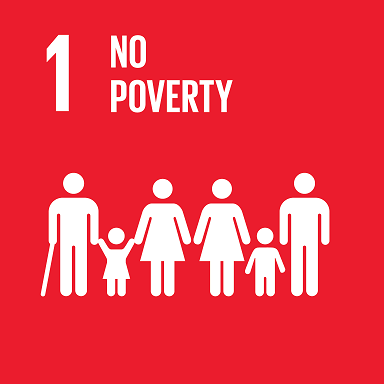
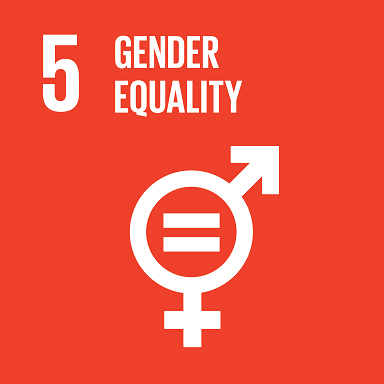
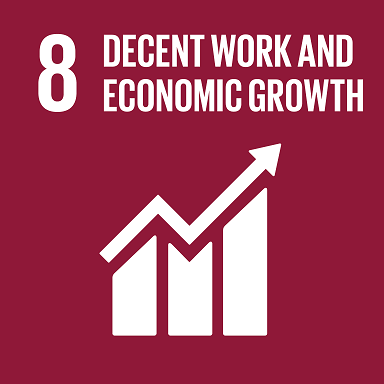
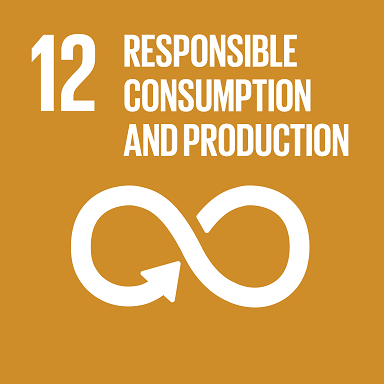
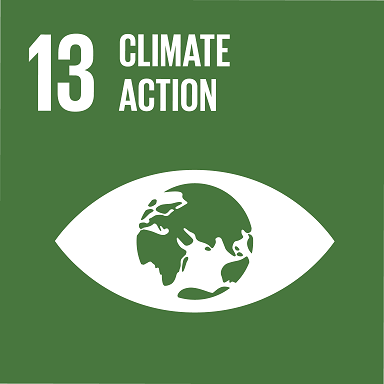

Creating an inclusive communication and visibility strategy
Summary of the case:
Thanks to the development, from the beginning of the project, of an inclusive communication and visibility strategy, which includes guidelines agreed upon by the different partners, it has been possible to guarantee a smooth external communication with a strong impact. This strategy has been the guiding approach to consolidate partnerships and renew intra- and inter-institutional commitments to mobilize resources and achieve effective communication.
Through synergies between the project's actors, including the European Union, opportunities at the national and international levels have been identified to disseminate the sericulture activity and to make the SEDA Project visible. An example of this is the participation, on a number of occasions, with a info point at EMITEX, the Argentinean textile industry fair, held in Buenos Aires, and the visit to ITMA, the largest global fair of textile technology, organised by the European Committee of Textile Machinery Manufacturers, held in Barcelona. The communicational impact of these activities awakened the interest of the public press and allowed the establishment of strategic relationships with new actors.
The formation of a Committee of Leaders, in which all the partners were represented (applicant, co-applicants and partners), allowed to support the actions of the partners entities with graphic pieces and with the dissemination of their initiatives from the project's networks. In addition, support was provided in the harmonisation of the discursive forms of the various partners (both in the writing and in the design), incorporating the visual identity guidelines of the European Union and ADELANTE.
Main learning and recommendations:
The importance of having a collaborative and inclusive communication and visibility strategy to structure and capitalize on the work among the multiple actors of a Triangular Cooperation project.
Achieved impacts and objectives:
- A strong contribution to SDG 17 (Partnerships for the Goals) has been made by fostering "multi-stakeholder partnerships that mobilize and share knowledge, expertise, technology and financial resources" (target 17.16).
- Smooth internal communication has been maintained with inputs from all partners, jointly identifying communication opportunities.
- Efficient and high-impact external communication has been ensured.
- Relationships have been established with new actors that have allowed the expansion of the target audience.
Key success factors:
- The alignment of the communication strategy with the Project's results.
- The permanent coordination from the Management Unit and the inclusive and knock-on work of communication.
- The use of the timeliness criterion in the selection of communication actions.
The added value of Triangular Cooperation: (more information here)
1. Building ownership and trust.
2. Promoting complementarity and increasing coordination in development cooperation.
3. Sharing knowledge and learning jointly.
4. Co-creating solutions and flexibility.
5. Enhancing the volume, scope and sustainability of Triangular Cooperation
6. Achieving global and regional development goals through strengthened partnerships for sustainable development.
RELATED FILES
Initially the project established a number of priority subjects for the evaluation work throughout its implementation. However, policy priorities are highly variable and it is difficult to align ministries, agencies and sectoral actors that are working on a given policy.
The proposed management modality implied establishing inter-institutional coordination mechanisms, which are necessary for appropriate administrative and financial management. Due to its own characteristics and to its lack of experience with this modality, the coordinating entity did not have these mechanisms. However, the project has been able to create and improve them, making the best use of them for proper implementation.





